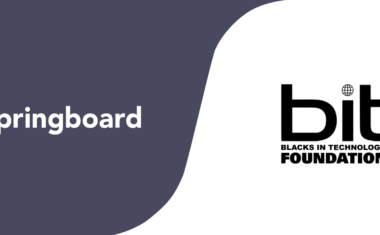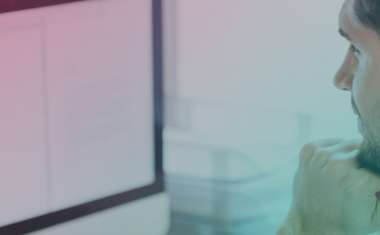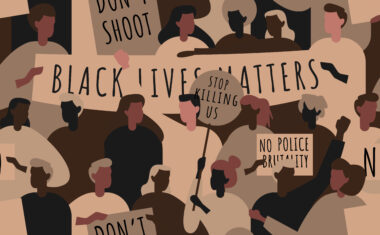Springboard Mentor Spotlight: Deb Howell-Novak
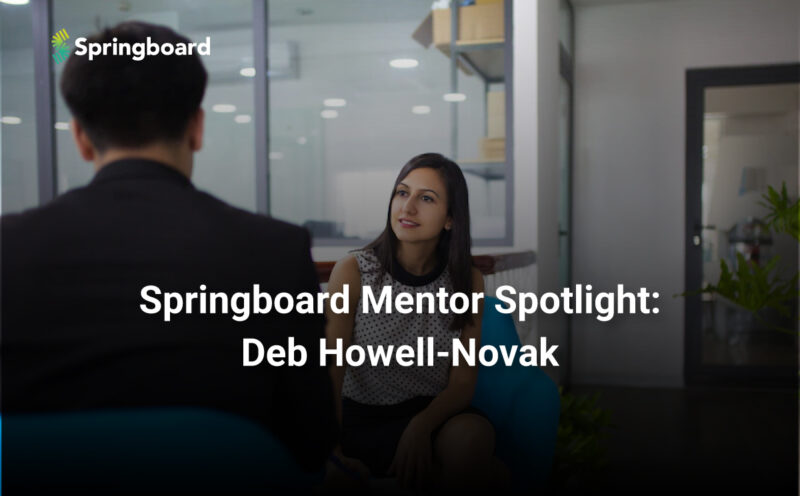
Meet Deb Howell-Novak, a mentor for Springboard’s UI/UX Design Career Track.
Deb Howell-Novak started her design career as a 3D animator. After earning a degree in Finance, she worked at Fidelity Investments for a year, thinking she wanted to pursue a career in business. She soon found that the lack of creative opportunities didn’t suit her.
She started working design back when UX design was called interface design. A lot of the design and mockup tools that UX designers take for granted, including Figma and Adobe XD, did not exist yet. As the industry began to recognize UX design as a legitimate discipline, she started to pivot into roles focusing on human-computer interaction so she could get ahead of the curve.
“I began taking on other positions in design until finally I had a chance to work at HP as a visual UX/UI designer,” said Howell-Novak. “So I’m kind of self-taught in some ways.”
Now, she’s a senior product designer at Buildertrend, a project management software platform for the construction industry, and a mentor for Springboard’s UI/UX Design Career Track.
How did you get into design in the first place?
I earned my bachelor’s in finance and I worked for Fidelity Investments for a year, and I realized that’s not what I wanted to do. So I went back to art school for two years and studied 3D animation and visual design.
Then I had a chance to work at Ford Motor Company in Germany and there was a designer who had studied anthropology and I thought, “Well, that’s strange,” because I didn’t really understand how those two disciplines go together. So I started doing more research about it and I realized design was moving in the direction of UX and human-machine interaction and that was where I needed to go.
Tell me about your role as a senior product designer at Buildertrend.
Right now I work on the system side of UX. Buildertrend is such a complicated platform, which is the kind of role I wanted. I work with information architects, developers, and other designers. We focus on the information architecture of the platform. We’re trying to provide a clean user flow throughout for both current users and new customers. When you’re making design changes to one part of a platform or interface, you have to consider how it will affect other parts of it as well. So that’s where the analytical and problem-solving skills come in.
People always talk about UX as a creative field but there’s also an analytical side to it. Which “left-brained” skills are equally important?
Let’s say you want to open something up, edit it, copy it, or view it. If you do that with one part of a dashboard, it’s usually going to affect other areas of the platform. You might be trying to solve for one feature, but other touchpoints might be affected by those changes, too. That’s where the analytical skills come in, because you have to think of the user experience on a macro level. Is the new feature adaptable? Will it be usable in three to five years?
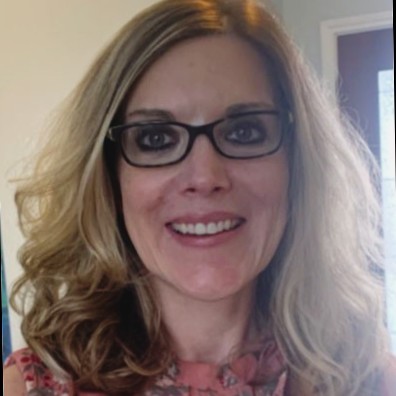
Why is teamwork so important in design?
You really need your team. The best UX designer or product designer doesn’t work alone. Your team is going to make that product. You’ll probably spend 30% of your time designing. The other 60-70% will be spent in meetings, strategizing, brainstorming, and being a UX advocate for that product. Then you’ll do user research and interviews so you can get more data to back up your ideas.
That’s interesting because I never associated that type of system-level design with UX design. I thought that type of work was left to programmers.
Yeah, maybe it’s not talked about as much. You have to really understand the information architecture and what the developers are working on, to a certain extent. I mean, I don’t know how to code, but I know enough about what tools they’re using to affect how we’re going to build out those products and features.
What is your advice on how to write a great case study for a UX design portfolio?
I always encourage students to start from a personal place. It’s much more interesting to tell a story than to just say, “Well, I created this app.” Well, why did you? Make it just personal enough to tell your story and to give a general problem and solution statement. Be strategic about your storytelling.
For example, I did my interviews and I created my user persona from the interview–you can follow the thinking there. Case studies should follow the storytelling arc with a beginning, a middle, and an end. You want to finish strong, but you also want to have some anecdotes in there.Where did you pivot? What did you like or not about it? Don’t be afraid to offer your opinion. Hiring managers want to see that.
What made you interested in becoming a mentor?
I love teaching. I think I would’ve loved to be a teacher, because I love to inspire people. I’ve been doing design for so long that I love seeing students come in with a fresh perspective.
The great thing about a program like Springboard is that I can tell my mentees, “What you’re learning, I’m doing right now,” and I can show them the kind of work I do. They learn so much more quickly by seeing a real-world user flow or other design deliverable.
What is something that you have learned from your mentees?
Just to always be curious, ask questions, and be humble enough to know that you don’t know it all. You need to be teachable as well.
How has being a mentor helped with your own career development?
I’ve learned to be more personable and collaborative. I’ve learned how to teach others to become a UX advocate and not be afraid to speak up. The most successful teams have a safe space for sharing their thoughts and ideas.
Because UX is very collaborative, if you feel like something needs to be done a certain way, you need to be able to have that conversation. If nobody speaks up, you’re not going to have a good product. We need ideas from everybody on the team. Creating that safe space with your mentees is important, as well as transferring that over to your job.
What does it mean to be a UX advocate?
That means you’re always thinking about the customer. You always need to go back to the problem you’re trying to solve. Sometimes you get what’s called scope creep where you go into a meeting and they’re discussing some feature that won’t benefit the customer.
For example, when I worked on a mobile app, there were compliance issues. As a product designer, I wanted to provide the best user experience possible, but I also had to work within the constraints. There’s always that fine line or that sweet spot between designing for the user and making sure you’re putting all of the criteria in there.
What tips do you have for new designers on how to differentiate themselves in the job market?
I would say piggyback on the senior designer, ask a lot of questions, see if you can find a mentor within your team. If you’re looking for your first design job, try to find a role where you’re not the only designer, because you really need a senior product designer to support your learning.
Want to become a mentor? Apply here!
We were founded in 2013 with the goal of helping people anywhere in the world advance their careers through affordable, mentor-led online courses. Since then, we’ve helped thousands of students across the globe grow their skills and build new and rewarding careers via a flexible, human-centric, online approach. Every learner is unique—and so are their learning needs. We believe education should prepare learners for the real world, and that working on meaningful projects under the guidance of industry experts is one of the best ways to get there. Our education model, centered around these principles, has launched students from more than 100 countries into professional success. We deliver curated, expert-developed curricula via a mentor-led approach that emphasizes hands-on learning and human interaction.
